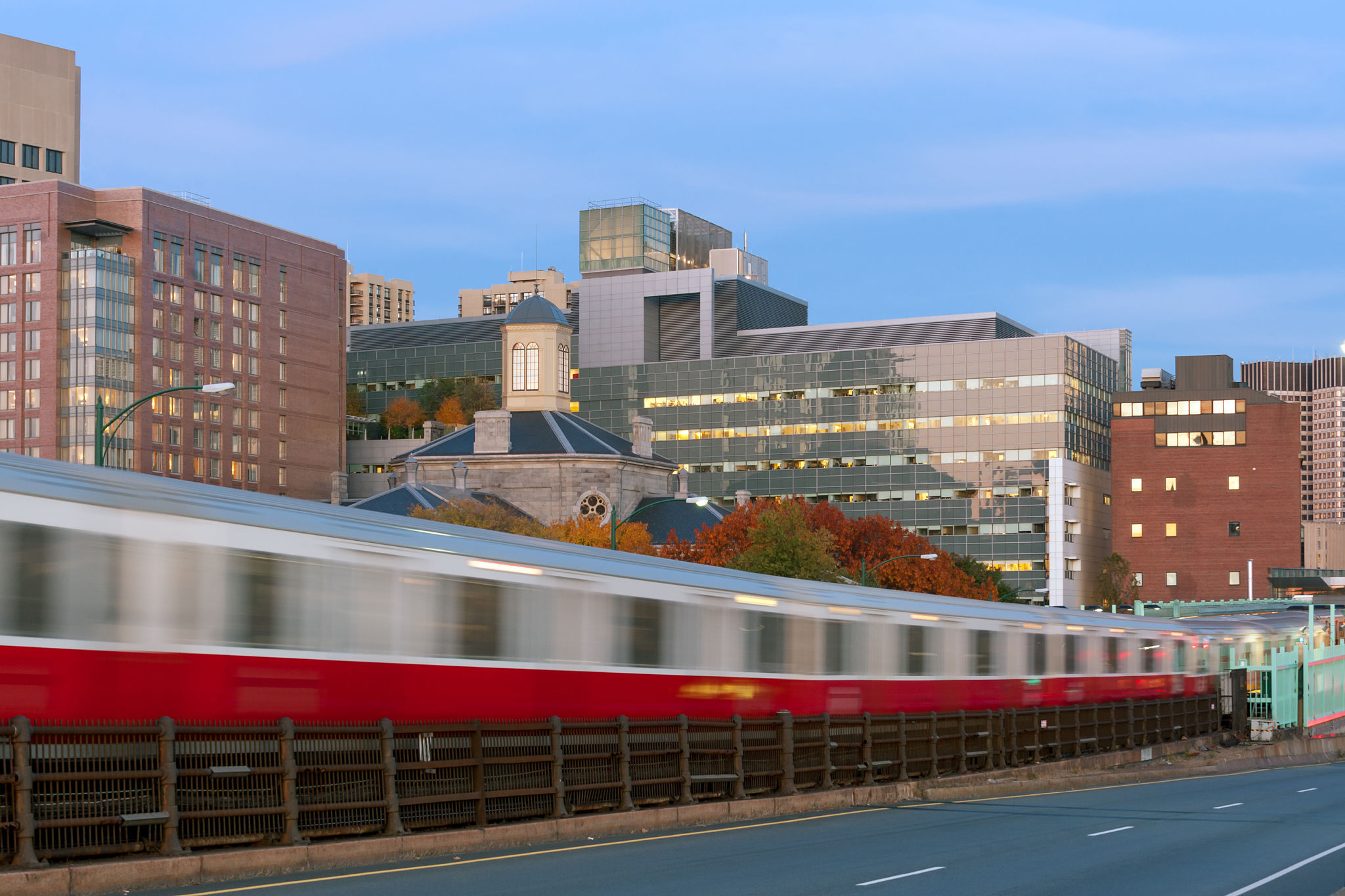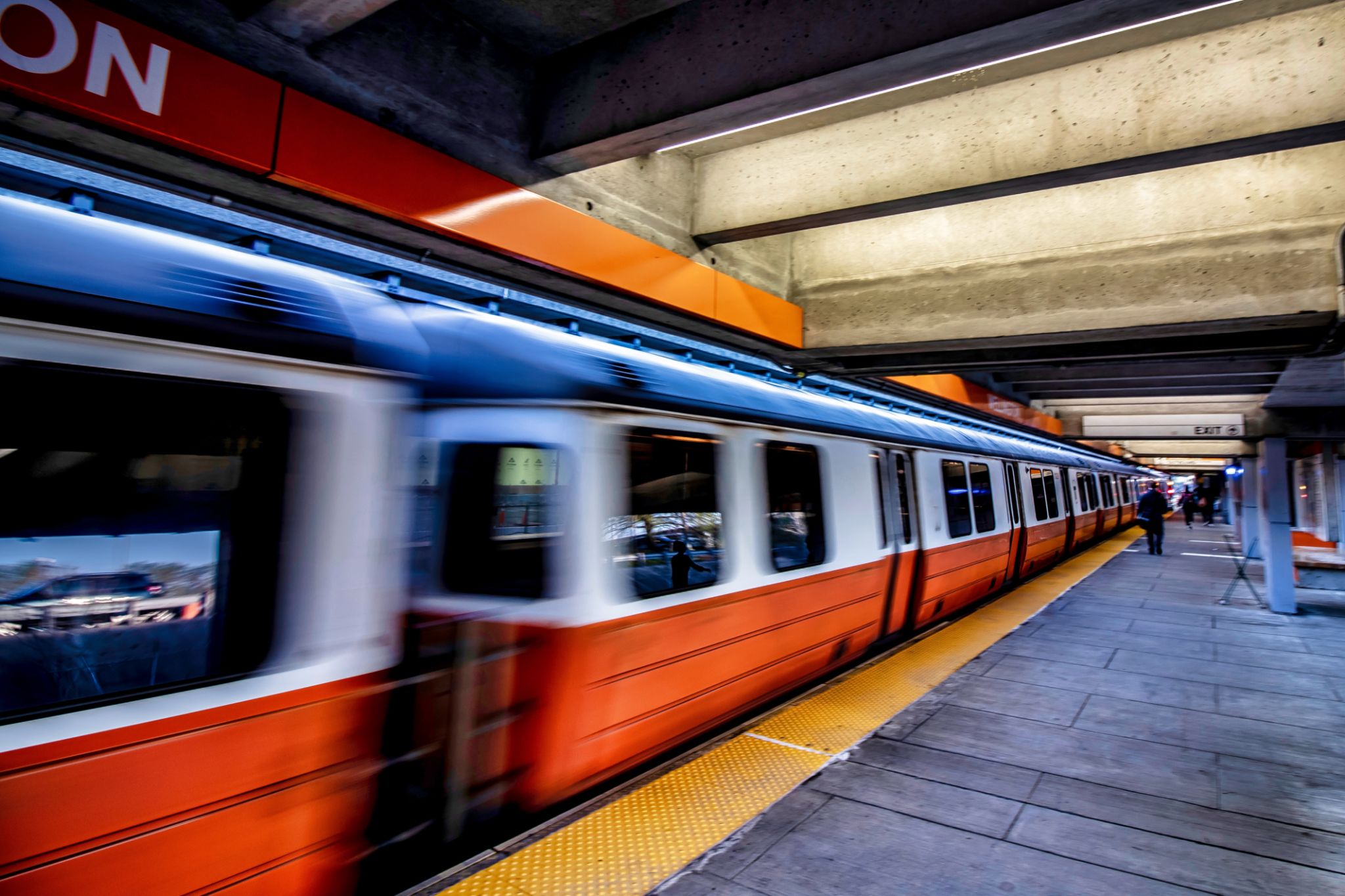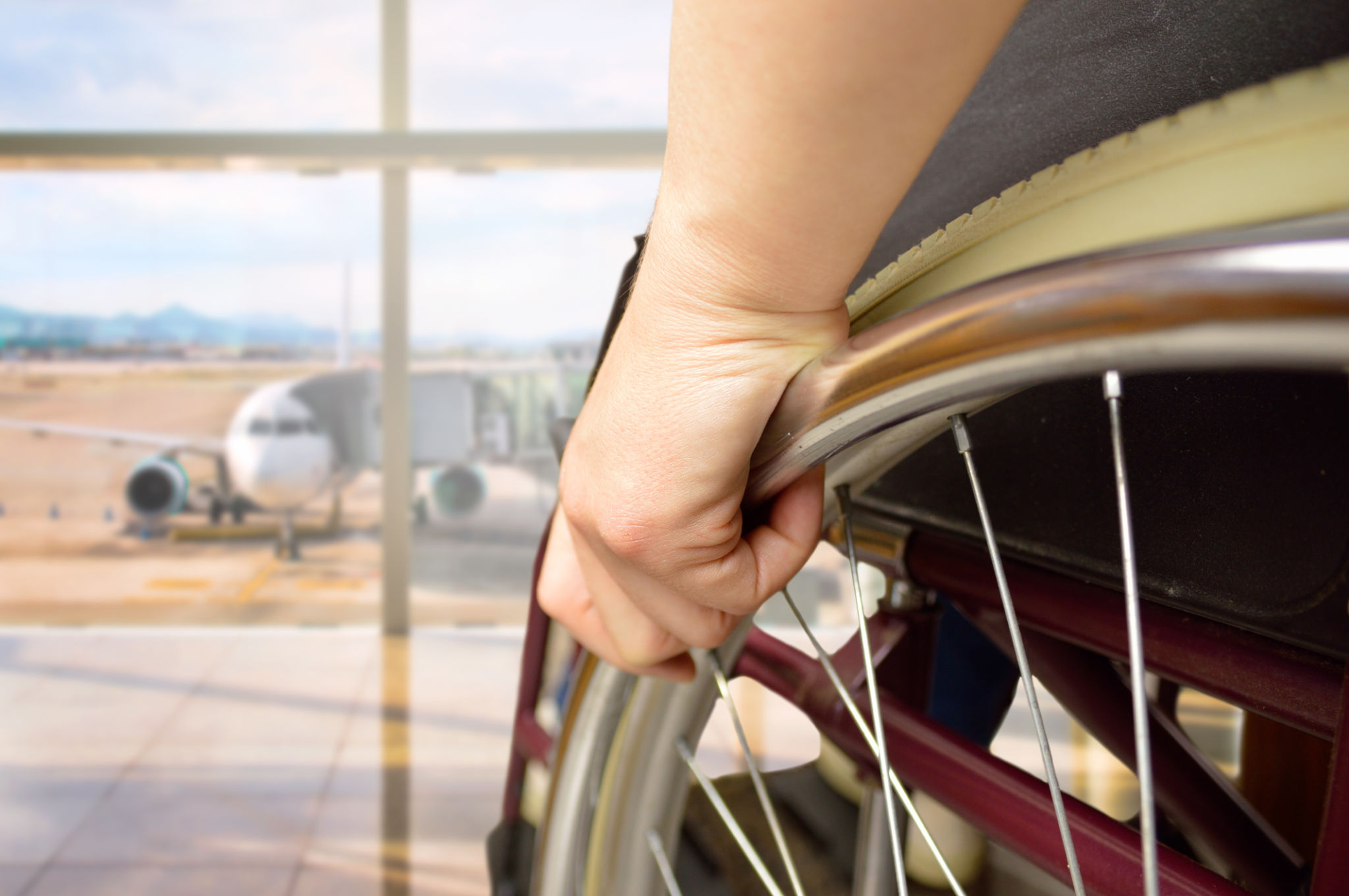FAQs About Local Transport Services in Boston: Answered
Understanding Boston's Local Transport Options
Boston is a bustling city with a variety of local transport services designed to cater to the needs of residents and tourists alike. Navigating through these options can be overwhelming for newcomers. In this blog post, we will address some of the most frequently asked questions about Boston's local transport services to help you travel with ease.

What Are the Main Modes of Public Transport in Boston?
Boston offers several public transportation options, primarily operated by the Massachusetts Bay Transportation Authority (MBTA), commonly known as the "T." The main modes include:
- Subway: The subway is the backbone of Boston's public transport, offering four main lines: Red, Green, Orange, and Blue.
- Buses: A comprehensive network of bus routes connects neighborhoods not directly served by subway lines.
- Commuter Rail: This service connects Boston with suburban areas and is ideal for longer distances.
- Ferries: Operated by the MBTA, ferries provide scenic routes across Boston Harbor.
How Can I Pay for My Ride?
Passengers can pay for rides using a CharlieCard or a CharlieTicket. The CharlieCard is a reusable card that offers discounted fares and convenient reloading options. You can purchase or reload these at vending machines located in most subway stations. CharlieTickets are paper-based and can be bought with cash or credit card at the same machines, though they generally do not offer the same discounts as the CharlieCard.

Are There Any Mobile Apps for Navigating Boston's Transport System?
Yes, several mobile apps can help you navigate Boston's transport system. The official MBTA mTicket app allows you to purchase and store tickets for commuter rail and ferry services. For real-time updates on bus and train schedules, apps like Transit and Moovit are highly recommended. These apps provide live tracking and route planning to make your journey smoother.
What Should I Know About Accessibility?
The MBTA is committed to accessibility and has made significant efforts to ensure that all passengers can use their services comfortably. Many subway stations are equipped with elevators, ramps, and tactile warning strips. Buses are designed to accommodate wheelchairs and have low-floor designs for easy boarding. If you require additional assistance, the The RIDE, a door-to-door paratransit service, is available for eligible customers.

Are There Any Tips for First-Time Users?
If you're using Boston's public transport for the first time, here are some tips:
- Plan Your Route: Use online maps or mobile apps to plan your journey in advance.
- Peak Hours: Be aware of peak hours (7-9 AM and 4-6 PM) when services are busier.
- Stand Right, Walk Left: When on escalators, follow the local etiquette of standing on the right side to allow others to walk past on the left.
By keeping these tips in mind and understanding the options available, you'll find that navigating Boston's local transport services can be a straightforward and efficient experience. Whether you're commuting daily or exploring the city for the first time, Boston's transport network is equipped to meet your needs.